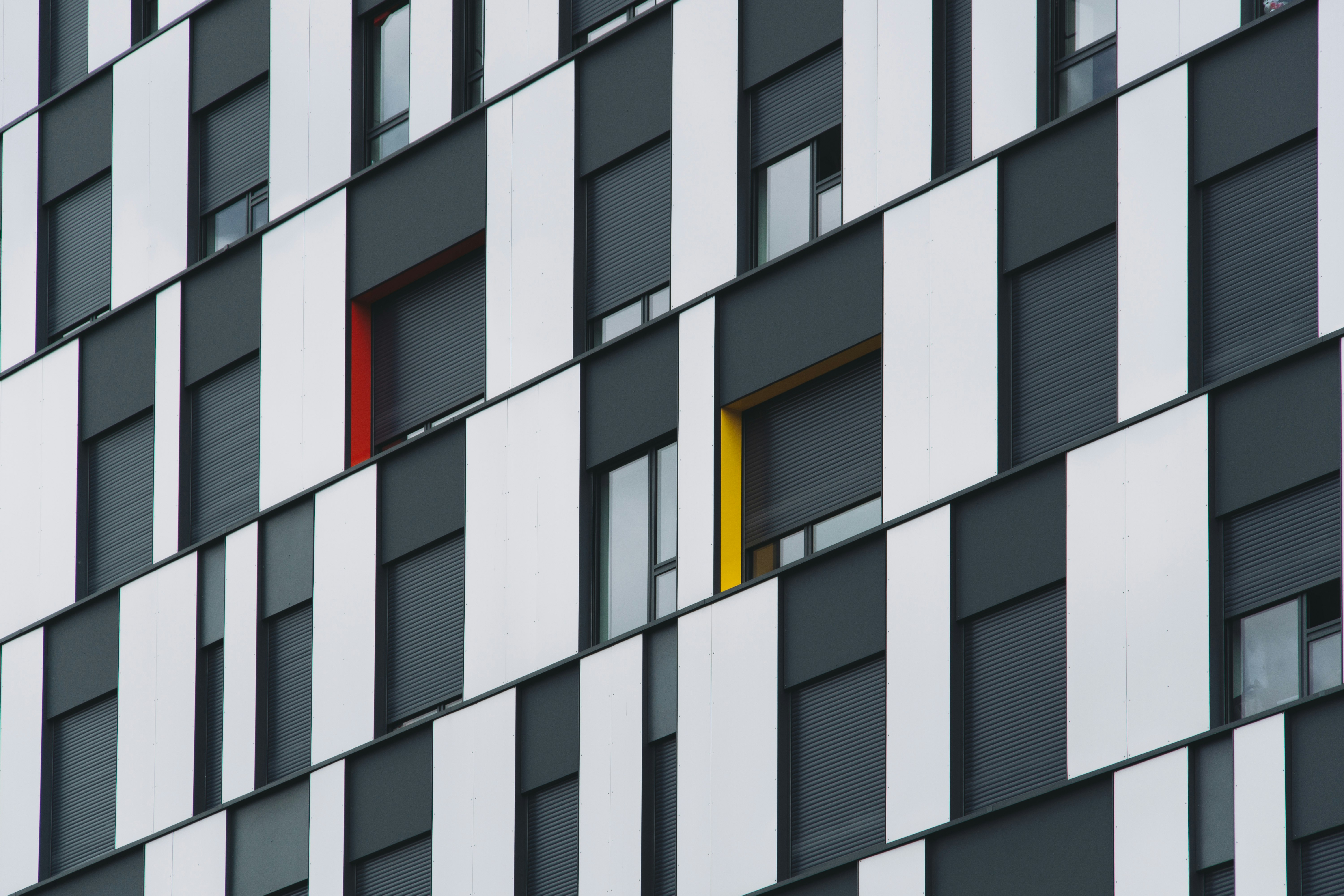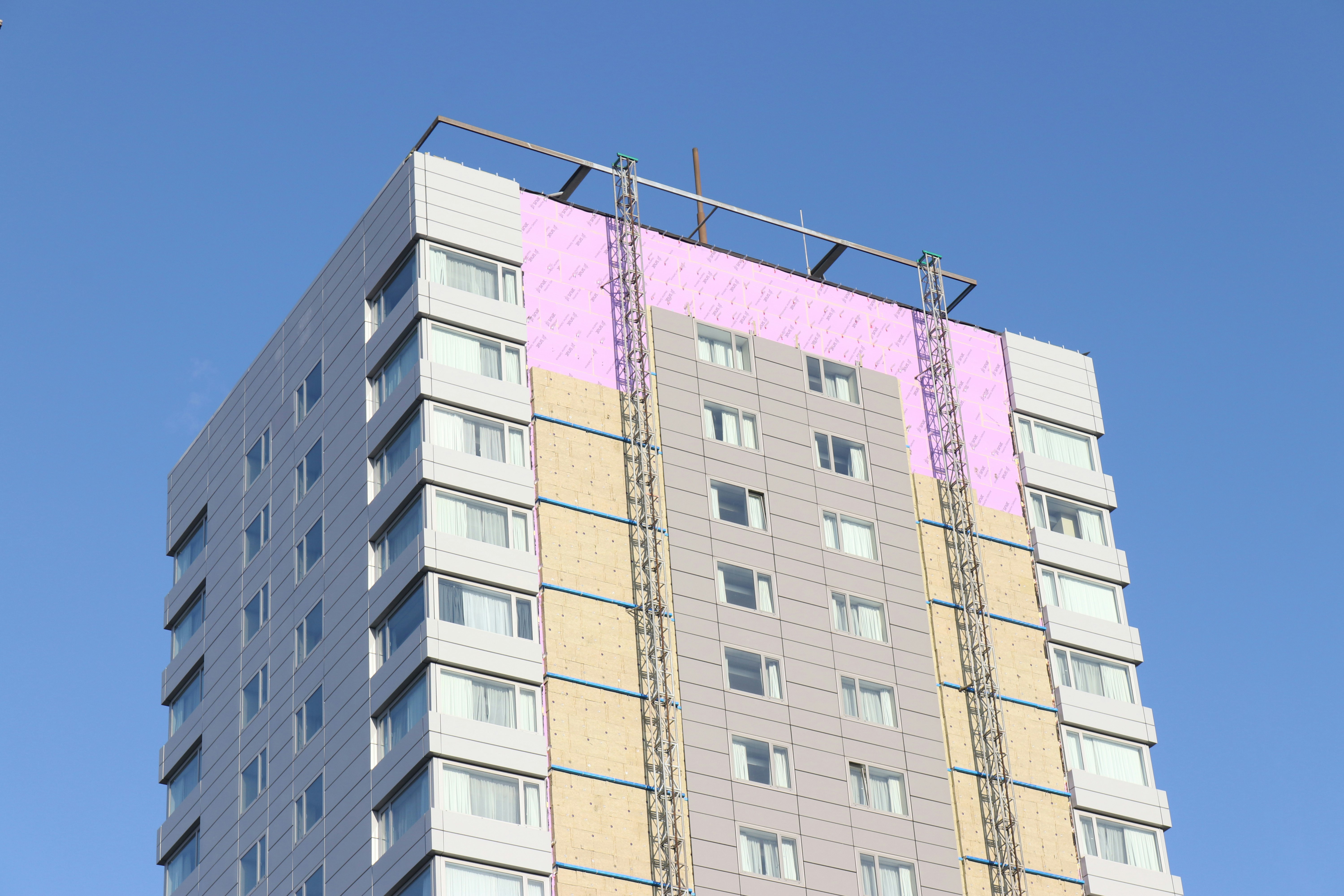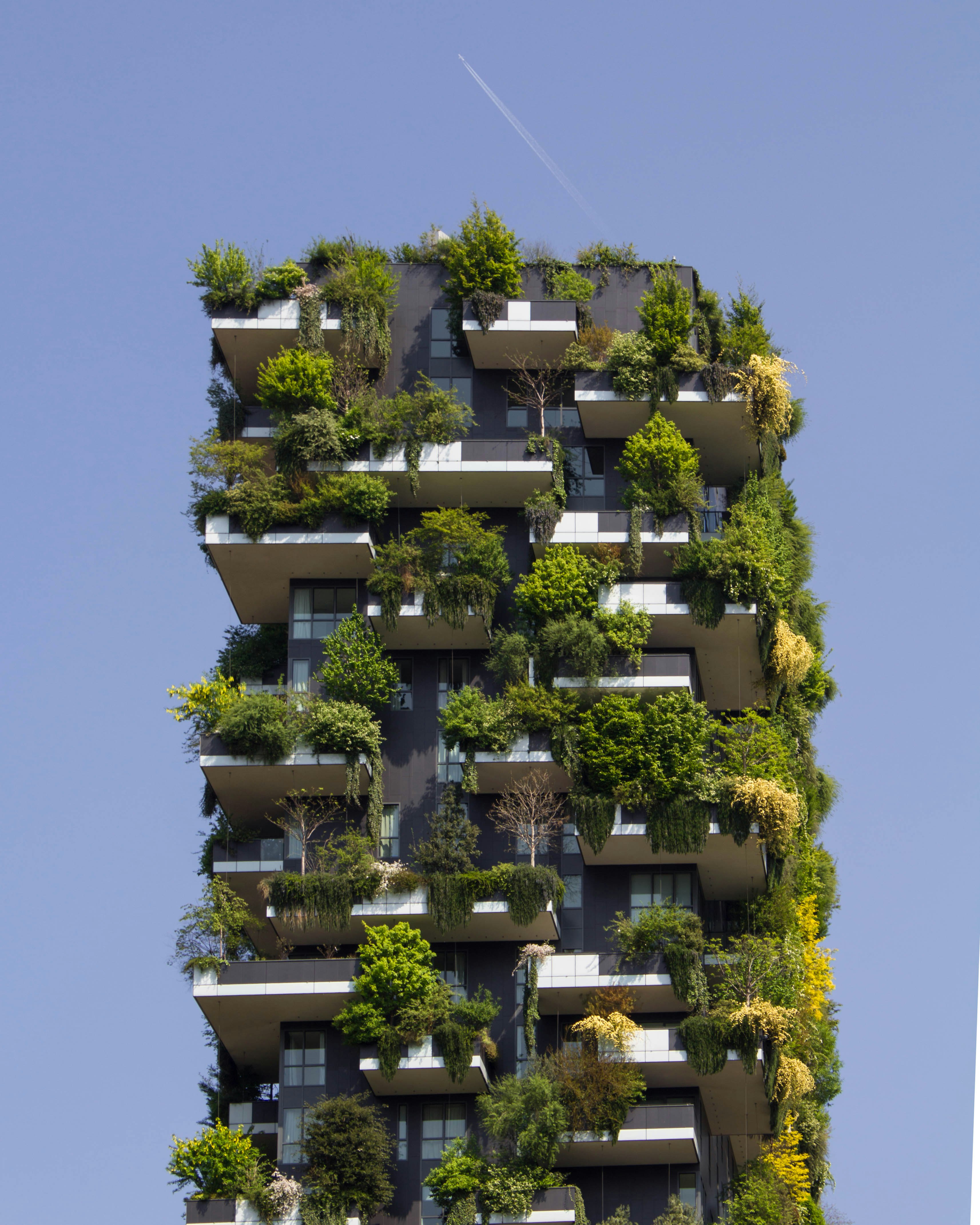The U.S. EPA has documented that indoor air pollutant levels may be higher indoors than outdoors. Major contributors to this indoor pollution are Volatile Organic Compounds (VOC), which is off-gassed by conventional carpeting and other flooring materials. Even regular cleaning can’t compete with these carcinogens, plus the dirt, allergens, and germs that are tracked in and remain lodged underfoot in flooring fibers.
An excellent option for improving the health of your client’s home or business environment, adding value—and potentially saving them money—is to upgrade to sustainable flooring. There are a variety of options for sustainable flooring, many of which your clients will find durable, stylish, and even less expensive than conventional floors and carpets.
Below is a quick summary of some of the top sustainable flooring materials, which you can share with customers. Following the list are a few key points to keep in mind when selecting sustainable flooring options.
- Bamboo, though technically not a wood (Its grass) repels moisture and can be used in a variety of rooms, including bathrooms, basements, kitchens, entryways or mudrooms. Naturally light in color, bamboo can be stained to appeal to your client’s décor preferences.
- Green Carpet options include wool, and those made from a combination of recycled products such as wood or plastics. The benefit of sustainable carpet is its water-base, and low-VOC adhesives, used with cotton padding, to reduce toxicity. Carpet tiles are an excellent option because if one area gets damaged, your customer won’t need to call you to tear out the whole room of carpet—just replace the affected area.
- Cork bark is a highly renewable resource as the trees grow rapidly. It is fire-retardant and some research indicates it naturally repels insects. Cork also can be stained to suit color preferences.
- Rubber flooring is not just for fitness centers and playgrounds. Made from recycled tires, rubber flooring is cushiony underfoot, long lasting and colorful. It can be used in family rec rooms and play areas in business buildings.
- Reclaimed Wood is an alternative to hardwood planks. Generated from other building applications, reclaimed wood is sanded, stained and finished to provide clients with a “recycled” traditional hardwood floor, thereby reducing their cost compared to new hardwood.
Other options include sustainable tile, recycled glass tiles, and natural linoleum floors. When helping your client evaluate a sustainable floor material, discuss the following items with them, all of which contribute to the cost versus lifecycle ratio. Also, to help in the decision-making process, create a trial area where the client’s top flooring choices can be tested in real-use conditions over a period of a few weeks.
- Think regionally. There is likely a trending style for a given region and that will be important to homeowners (for resale value) and to business owners (for creating a certain shopping or service atmosphere for their customers). Typical weather patterns (dry and hot all the time, versus four seasons) also can influence choice for flooring.
- Think of traffic patterns. Flooring for kitchen needs to handle heavier traffic than a bedroom. Flooring for a doctor’s office has different traffic patterns than a busy restaurant—and less spills. Corporate buildings will have a different aesthetic and traffic pattern to consider.
- Think of utility. It’s not just how many people walking through the door in an hour that matters—but what activity takes place once inside a building. Additionally, the kind of maintenance on the floor is an important utility factor. Green flooring can be used in even in spaces that are “germ-magnets” (healthcare, schools) or have unique concerns such as slip-resistance (schools, assisted living)—many of which will also have cost constraints. Watch for research and new products reports materials that address the specific and unique flooring needs of these types of building spaces.
Resources












